-
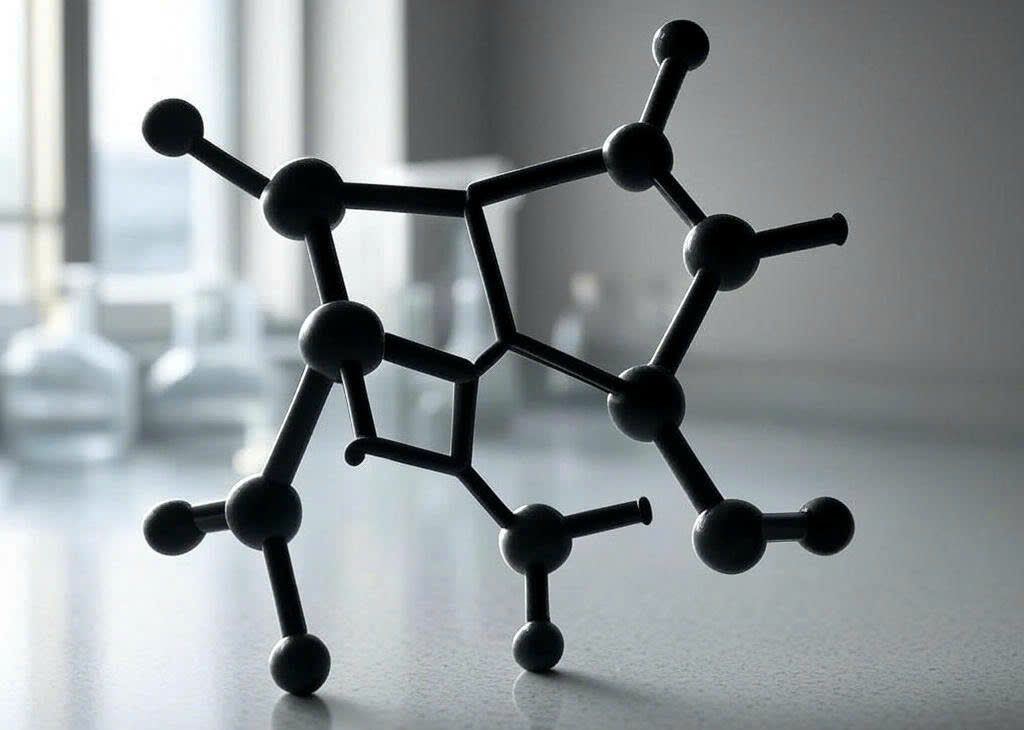
Sodium Lignosulfonate: C20H24Na2O10S2
The chemical formula C20H24Na2O10S2 represents Sodium Lignosulfonate, a versatile, water-soluble anionic polymer derived from lignin, a natural component of wood. It is typically produced as a byproduct of the sulfite pulping process in the paper industry, where lignin is sulfonated to introduce sulfonate groups (-SO3), making it water-soluble and functional for various applications. The formula…
-
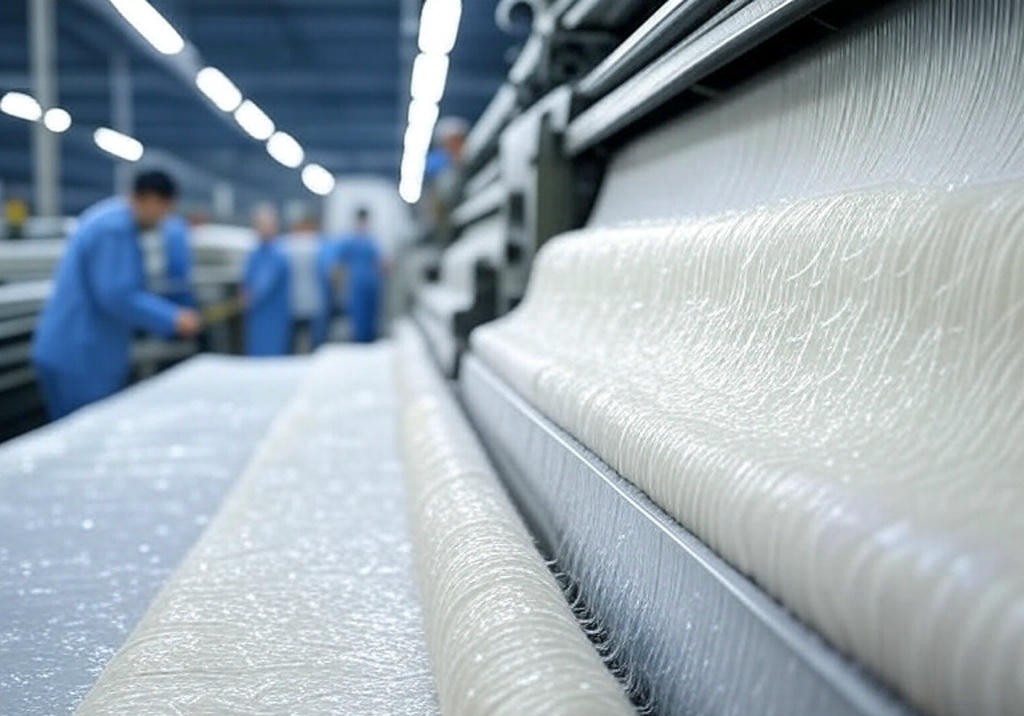
Sodium Lignosulfonate in Textile Industry
Sodium lignosulfonate, a water-soluble anionic polyelectrolyte derived from lignin during the sulfite pulping process of wood, is a highly versatile and eco-friendly compound widely utilized in the textile industry. Its unique chemical properties, including its dispersing, emulsifying, binding, and surfactant characteristics, make it an essential additive in various textile processes, particularly in dyeing, printing, and…
-
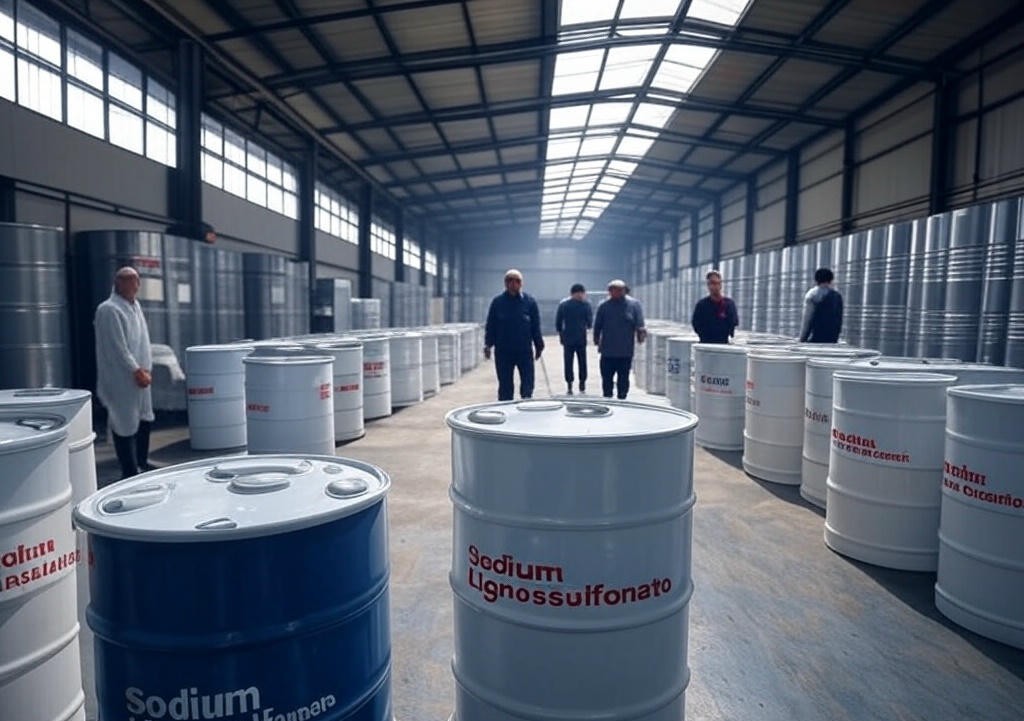
Sodium Lignosulfonate supplier USA
Sodium lignosulfonate, a versatile chemical derived from lignin during the sulfite pulping process, is widely used in industries such as construction, agriculture, animal feed, and chemical manufacturing. In the USA, numerous suppliers and distributors provide sodium lignosulfonate in various forms, including liquid and powder, catering to diverse industrial needs. Overview of Sodium Lignosulfonate Suppliers in…
-

Sodium Lignosulfonate uses in Agriculture
Sodium lignosulfonate, a water-soluble byproduct of the sulfite pulping process in the paper industry, is a versatile, eco-friendly compound widely used in agriculture. Derived from lignin, a natural polymer in plant cell walls, it exhibits excellent dispersing, binding, chelating, and surfactant properties, making it valuable for enhancing soil health, plant growth, and agricultural efficiency. 1.…
-

Sodium Alkyl Naphthalene Sulfonate used as wetting agent
Sodium Alkyl Naphthalene Sulfonate (SANS) is commonly used as a wetting agent in various applications due to its unique surfactant properties. Here’s a more detailed explanation of how SANS functions as a wetting agent: The concentration and specific formulation of Sodium Alkyl Naphthalene Sulfonate used as a wetting agent can be tailored to meet the…
-
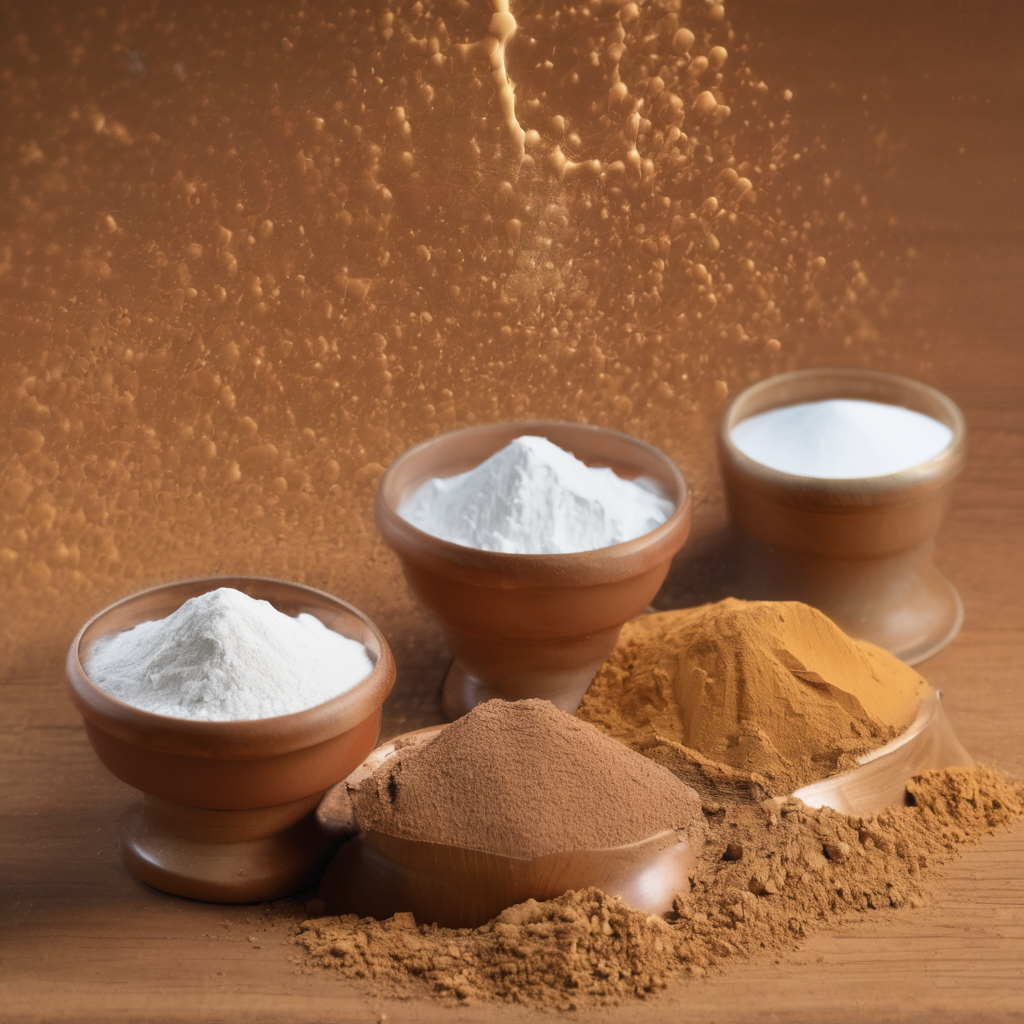
Sodium lignosulfonate VS calcium lignosulfonate
Sodium lignosulfonate and calcium lignosulfonate are two common types of lignosulfonate compounds, but they have some key differences: The choice between sodium lignosulfonate and calcium lignosulfonate often depends on the specific application requirements and the desired properties of the final product. Both types of lignosulfonates are widely used in various industries, including construction, agriculture, and…
-
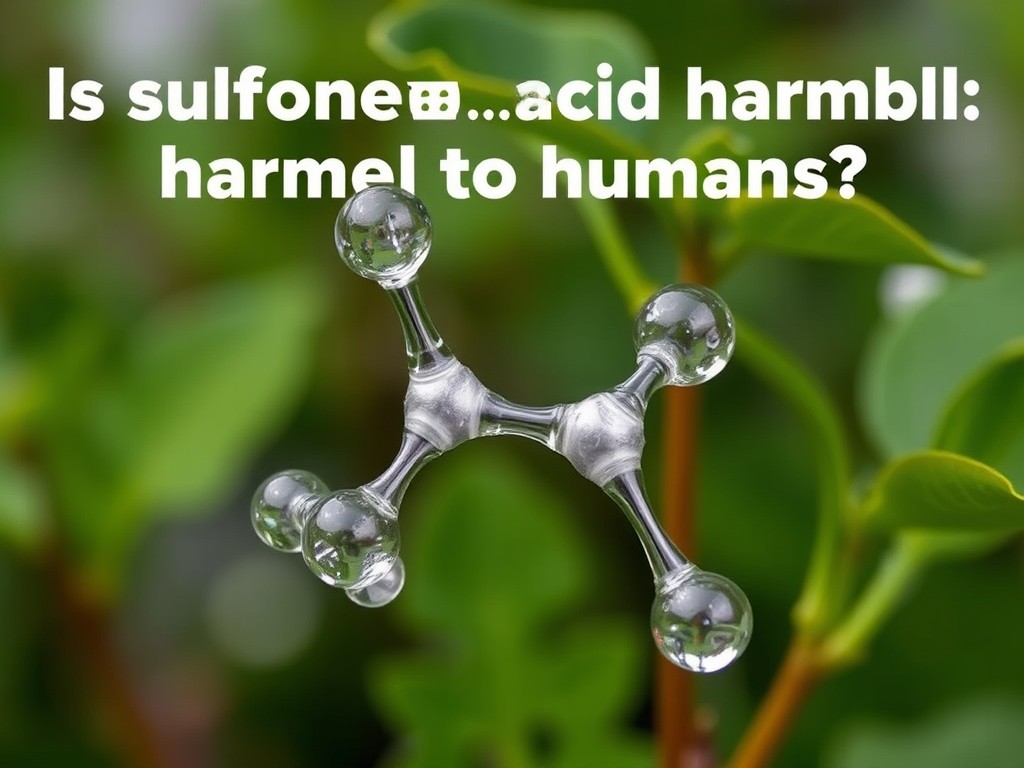
Is sulfonic acid harmful to humans?
Sulfonic acids, including lignosulfonic acid (the parent compound of sodium lignosulfonate), are generally considered to have a relatively low level of toxicity to humans when handled and used properly. Here are some key points about the potential hazards of sulfonic acids: It is important to note that the actual risk and severity of the effects…
-

Is lignosulfonate soluble in water?
Yes, lignosulfonates, including sodium lignosulfonate, are generally soluble in water. The water solubility of lignosulfonates is primarily due to the following factors: The water solubility of lignosulfonates is an important property that enables their use in various aqueous-based applications, such as: The ability to form stable, water-soluble solutions allows lignosulfonates to effectively interact with and…
-

Is lignosulfonate biodegradable?
Yes, lignosulfonates, including sodium lignosulfonate, are considered biodegradable materials. The key reasons why lignosulfonates are biodegradable are: The biodegradable nature of lignosulfonates is an advantage in various applications, as it makes them a more environmentally friendly option compared to some non-biodegradable alternatives. This property is particularly important in applications where the lignosulfonates may be released…
